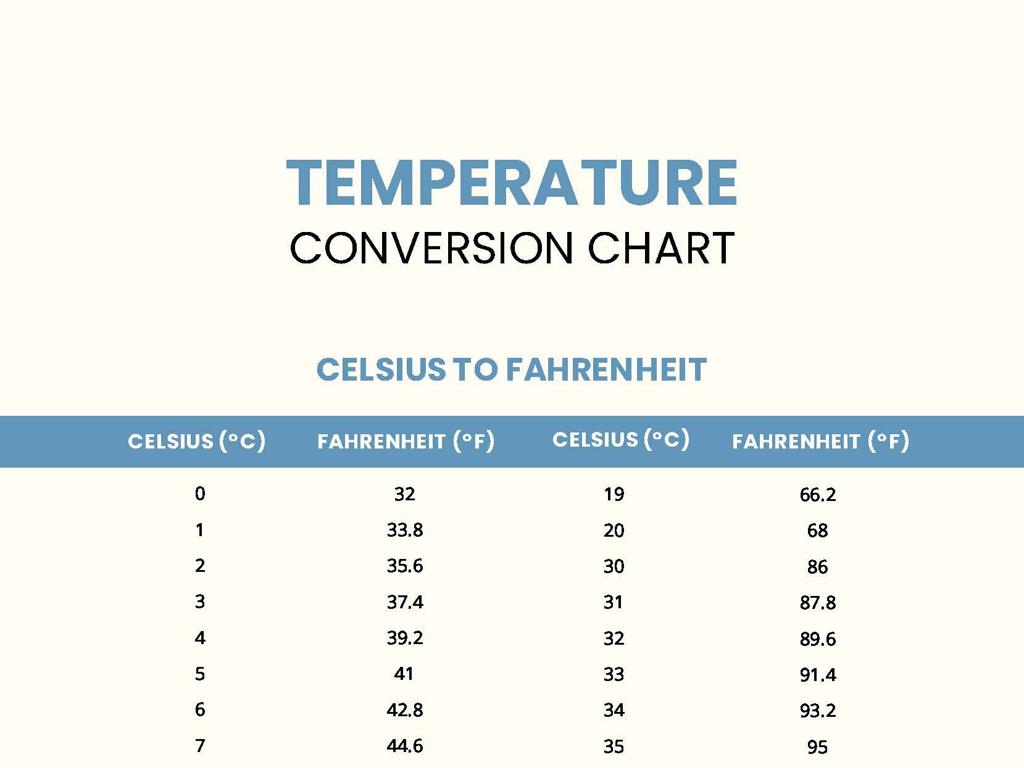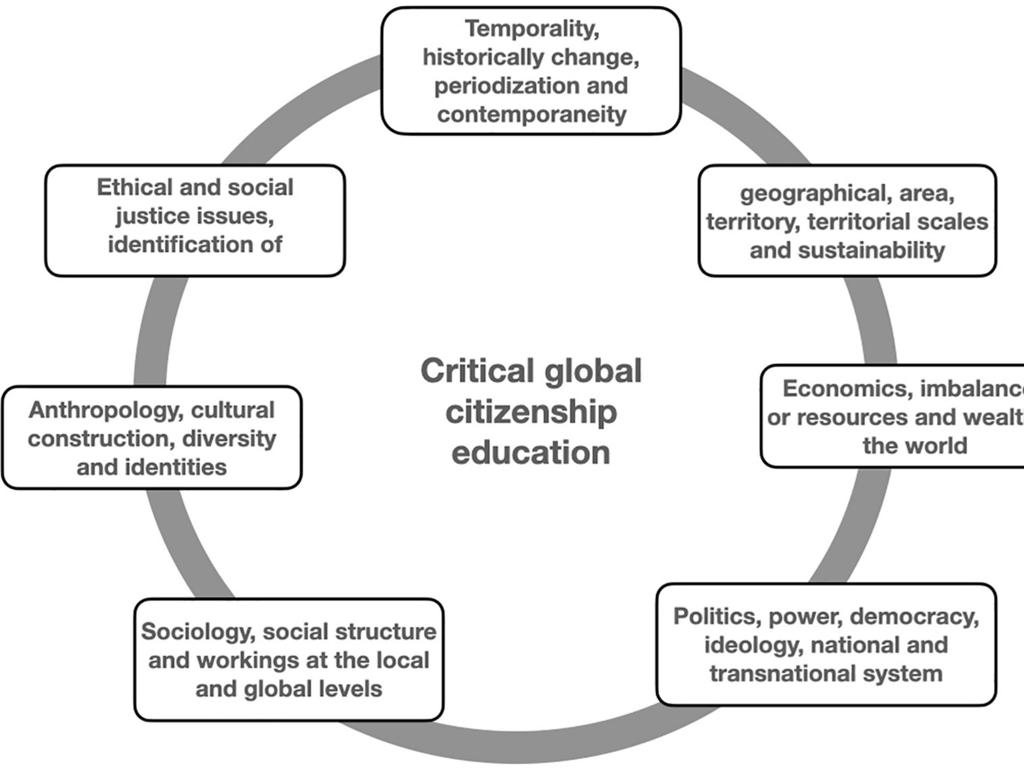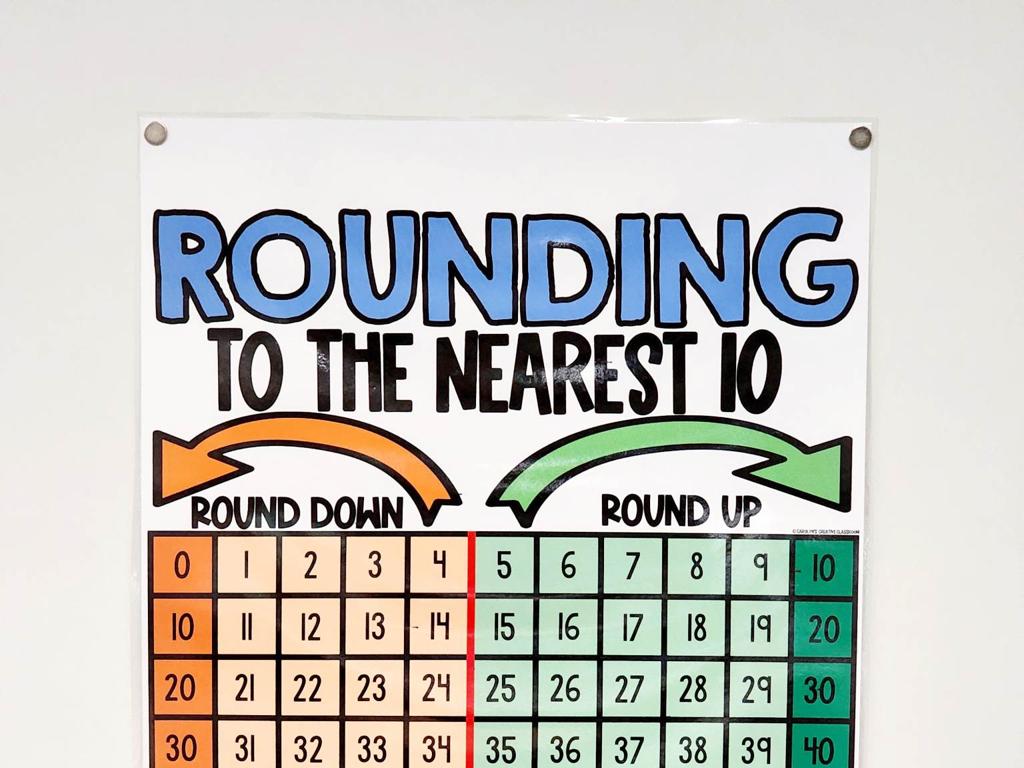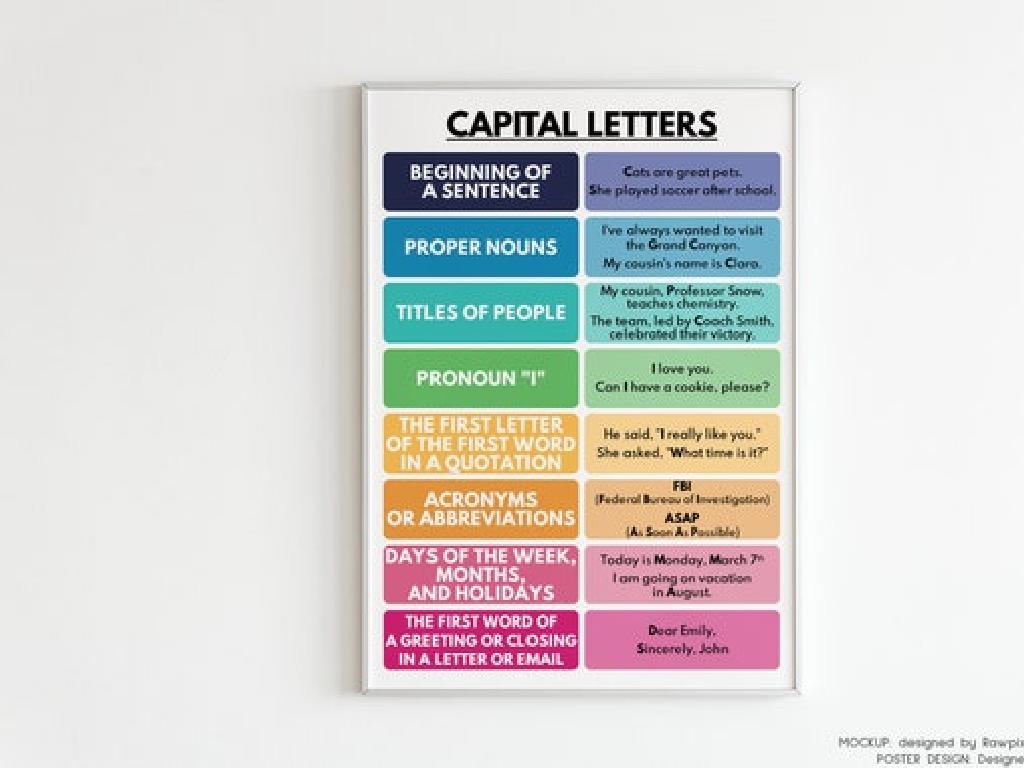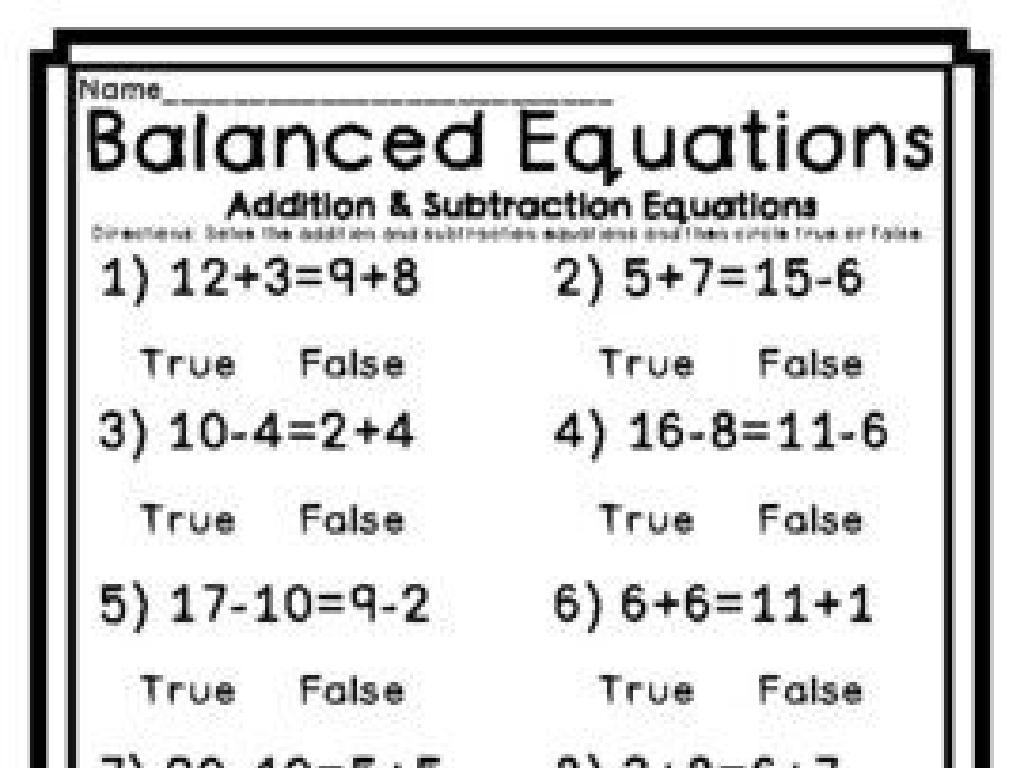Estimate Sums And Differences Of Mixed Numbers
Subject: Math
Grade: Fifth grade
Topic: Add And Subtract Mixed Numbers
Please LOG IN to download the presentation. Access is available to registered users only.
View More Content
Introduction to Estimation
– What is estimation?
– Estimation: Finding a number close to the exact amount
– The value of estimation skills
– Helps make quick & reasonable number judgments
– Estimation in math
– Use estimation to approximate math outcomes
– Preview of estimating sums & differences
– Practice with mixed numbers coming up!
|
This slide introduces the concept of estimation, which is a fundamental skill in mathematics, especially useful when exact calculations are not necessary or when a quick approximation is needed. It’s important to convey to the students that estimation helps in making fast and efficient decisions in everyday life, such as when shopping or cooking. In math, estimation is used to predict the results of calculations before actually performing them. This can be particularly helpful with operations involving mixed numbers, as it simplifies the process and saves time. The upcoming lessons will provide students with practical examples and exercises to strengthen their estimation skills, focusing on sums and differences of mixed numbers.
Review: Understanding Mixed Numbers
– Define mixed numbers
– A whole number and a fraction combined, like 2 1/2
– Mixed numbers in daily life
– Examples: 1 3/4 liters of juice, 2 1/2 hours of play
– Identify mixed numbers
– Recognize and write down mixed numbers from different scenarios
– Quick practice activity
– Find and write 5 examples of mixed numbers from your surroundings
|
This slide is aimed at reviewing the concept of mixed numbers, which are numbers consisting of an integer and a fraction. Start by defining mixed numbers and ensure students understand the components. Provide relatable examples such as measurements in cooking or time spent on activities to illustrate mixed numbers in real life. Engage the class with a quick activity to identify mixed numbers from various contexts, reinforcing their understanding. The practice activity should involve students finding and writing down examples of mixed numbers they encounter in their daily lives, such as in recipes, on clocks, or during sports. This will help them connect the concept to the real world and better grasp the estimation of sums and differences of mixed numbers in subsequent lessons.
Estimating Sums of Mixed Numbers
– Round mixed numbers to wholes
– Round 3 1/2 to 4 and 4 2/3 to 5
– Add the rounded numbers together
– After rounding, add 4 + 5
– Example: 3 1/2 + 4 2/3 estimate
– Estimated sum of 3 1/2 and 4 2/3 is about 9
|
This slide introduces students to the concept of estimating sums of mixed numbers by rounding them to the nearest whole number. Start by explaining that rounding makes complex addition easier and is useful for quick calculations. Show how to round each mixed number up or down to the nearest whole number, then add those whole numbers to get an estimated sum. Use the example provided to demonstrate the process step by step. Encourage students to practice with additional examples and to understand that estimation is a valuable skill for making quick and reasonable calculations in everyday situations.
Estimating Differences of Mixed Numbers
– Round mixed numbers to wholes
– Round 7 5/8 to 8 and 3 1/4 to 3
– Subtract the rounded numbers
– Subtract the whole numbers: 8 – 3
– Example: 7 5/8 – 3 1/4
– Estimated difference is about 5
|
This slide introduces students to the concept of estimating the difference between mixed numbers by rounding them to the nearest whole number. Start by explaining the process of rounding mixed numbers up or down based on the fractional part. Then, guide students through the steps of subtracting these rounded numbers to find an approximate difference. Use the example provided to illustrate the process: round 7 5/8 (closer to 8) and 3 1/4 (closer to 3), then subtract the rounded numbers (8 – 3) to estimate the difference as 5. Encourage students to practice with additional examples and to understand that estimation is a useful skill for quickly assessing the difference without needing an exact answer.
Estimating Sums of Mixed Numbers
– Practice estimating sums together
– Estimate sum: 5 3/4 + 2 1/3
– Round to nearest whole number: 6 + 2
– Try estimating on your own
– Estimate sum: 6 2/5 + 3 7/8
– Round to nearest whole number: 6 + 4
|
This slide is designed for a class activity on estimating sums of mixed numbers. Begin with a collaborative exercise where the class works together to estimate the sum of 5 3/4 and 2 1/3 by rounding each number to the nearest whole number before adding. Then, students will independently practice this skill by estimating the sum of 6 2/5 and 3 7/8. Encourage students to first round each mixed number to the nearest whole number to simplify the addition. Provide guidance on rounding mixed numbers and remind students that estimation helps to quickly find an approximate sum which can be useful in everyday situations. After the activity, discuss the different methods students used to estimate and the importance of estimation in real life.
Estimating Differences with Mixed Numbers
– Practice estimating differences
– Work together on 9 1/2 – 4 2/7
– Round to nearest whole number: 10 – 4?
– Try 8 3/4 – 5 5/6 on your own
– What’s 9 – 6 after rounding?
– Understand estimation benefits
– Estimation helps check work & solve problems quickly
|
This slide is aimed at providing students with additional practice in estimating the differences between mixed numbers. Start with a collaborative problem-solving session to estimate the difference between 9 1/2 and 4 2/7 by rounding to the nearest whole number. Then, encourage independent practice with the problem of estimating the difference between 8 3/4 and 5 5/6. Emphasize the importance of estimation as a tool for checking work and solving problems more efficiently. Provide guidance on rounding mixed numbers and reinforce the concept that estimation is not about finding the exact answer but rather a close approximation that is reasonable and quick to calculate.
The Importance of Accuracy in Math
– Understanding the need for accuracy
– Situations requiring precise calculations
– e.g., money transactions, building, baking
– Estimation versus exact answers
– Estimation is quick, exactness is precise
– Real-life estimation discussion
– Share your own story of estimating
|
This slide aims to highlight the significance of accuracy in mathematics, especially when dealing with mixed numbers. Students should understand that while estimation can be useful for quick assessments, exact calculations are crucial in situations where precision is key, such as handling money, constructing objects, or following a recipe. Encourage students to think about and discuss times in their lives when they’ve had to estimate, fostering an understanding of the practical applications of estimation and calculation. This will help them appreciate the value of both skills in different contexts. Prepare to facilitate a discussion where students can share personal experiences with estimation to make the concept more relatable and engaging.
Class Activity: Estimation Station
– Pair up for estimation activity
– Visit stations to solve problems
– Use estimation with real-world examples
– Items in a jar, distances, time it takes to complete tasks
– Share and discuss your estimates
|
This interactive class activity is designed to enhance students’ estimation skills in a practical, engaging way. Set up various ‘estimation stations’ around the classroom, each with a different real-world problem that requires estimation of sums and differences of mixed numbers. Examples could include estimating the number of items in a jar, the distance between two points, or the time it takes to complete a task. Students will pair up and rotate through the stations, applying their estimation skills at each one. After completing the rounds, students will reconvene as a class to share their estimates and discuss the different approaches and results. This will not only help them understand the concept of estimation but also appreciate its value in everyday situations. Provide guidance on how to make reasonable estimates and encourage students to explain their thought process during the discussion.
Wrapping Up: Estimation in Math
– Review: Why estimate?
– Estimation helps us quickly approximate without exact calculations.
– Homework: Estimation worksheet
– Complete the provided worksheet on estimating sums and differences.
– Next class: Exact calculations
– We’ll learn how to confirm our estimates by doing precise math.
– Practice makes perfect!
|
As we conclude today’s lesson, remind students of the value of estimation in everyday situations, such as quickly checking if they have enough money to buy something. For homework, they should complete the worksheet that focuses on estimating the sums and differences of mixed numbers, which will reinforce the concepts learned in class. In our next session, we will learn how to verify our estimates by performing exact calculations, which is a critical skill for ensuring accuracy in math. Encourage students to practice estimation in real-life scenarios to build their confidence and understanding of the concept.

